
| Recorded by: Jim Petranka on 2024-08-03
Madison Co.
Comment: | 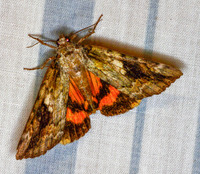
| Recorded by: Stephen Dunn on 2023-07-02
Orange Co.
Comment: |
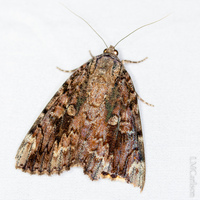
| Recorded by: David George, Lior Carlson, Becky Watkins, Richard Teper, Stephen Dunn on 2022-07-23
Orange Co.
Comment: | 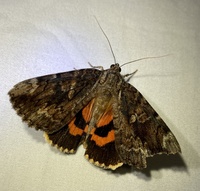
| Recorded by: David George, Lior Carlson, Becky Watkins, Richard Teper, Stephen Dunn on 2022-07-23
Orange Co.
Comment: |
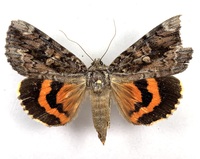
| Recorded by: David George, L. M. Carlson, Richard Teper on 2022-07-23
Orange Co.
Comment: | 
| Recorded by: Jim Petranka and Becky Elkin on 2019-09-13
Madison Co.
Comment: |
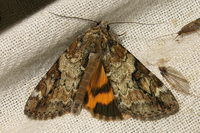
| Recorded by: Owen and Pat McConnell on 2019-06-21
Graham Co.
Comment: | 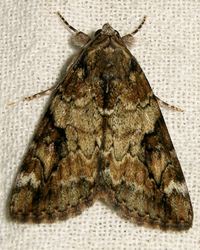
| Recorded by: Owen and Pat McConnell on 2019-06-21
Graham Co.
Comment: |

| Recorded by: Darryl Willis on 2013-07-26
Cabarrus Co.
Comment: | 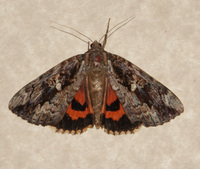
| Recorded by: Vin Stanton on 2011-07-29
Buncombe Co.
Comment: |
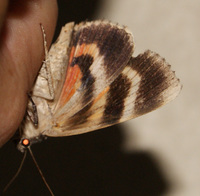
| Recorded by: Vin Stanton on 2011-07-29
Buncombe Co.
Comment: | 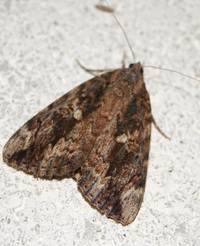
| Recorded by: Vin Stanton on 2011-07-28
Buncombe Co.
Comment: |

| Recorded by: Taylor Piephoff on 2011-07-05
Mecklenburg Co.
Comment: | 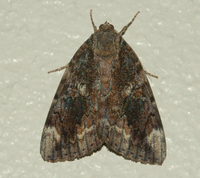
| Recorded by: Parker Backstrom on 2009-07-30
Lee Co.
Comment: |

| Recorded by: Parker Backstrom on 2009-06-26
Chatham Co.
Comment: | 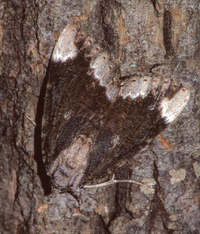
| Recorded by: Steve Hall on 1987-08-00
Orange Co.
Comment: Form scintellans |

| Recorded by: C.S. Brimley? on 1906-07-11
Wake Co.
Comment: Specimen in NCSU Insect Museum; originally in the NCDA Collection. Wingspan = 7.1 cm; forewing length = 3.5 cm |

 »
»


 »
»
